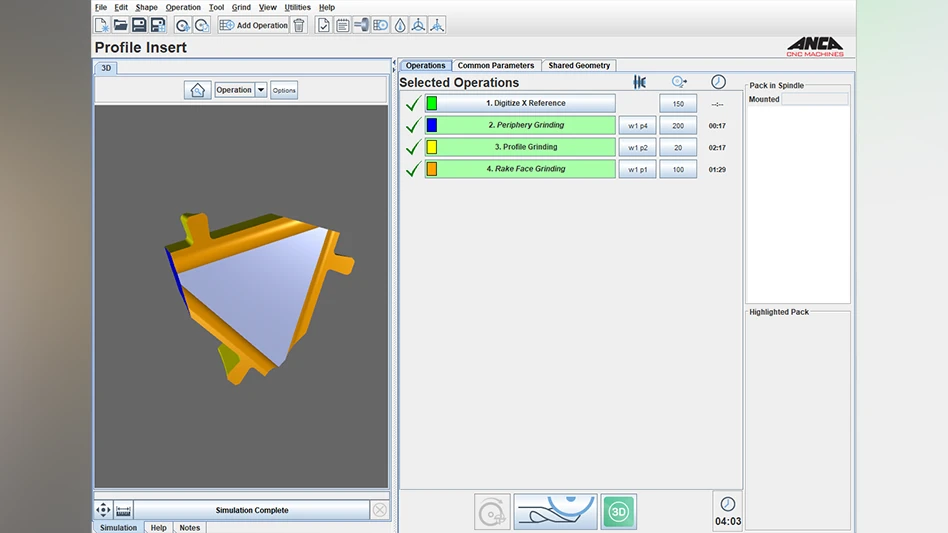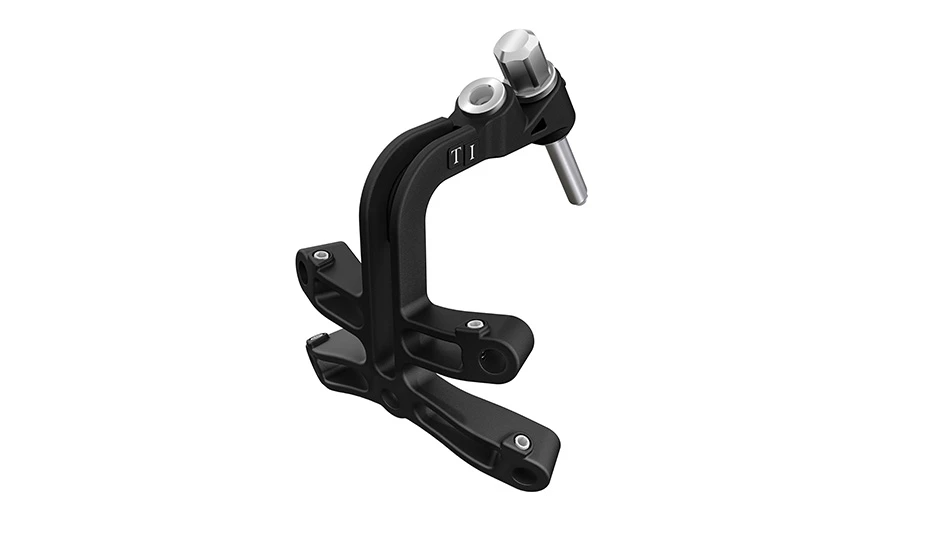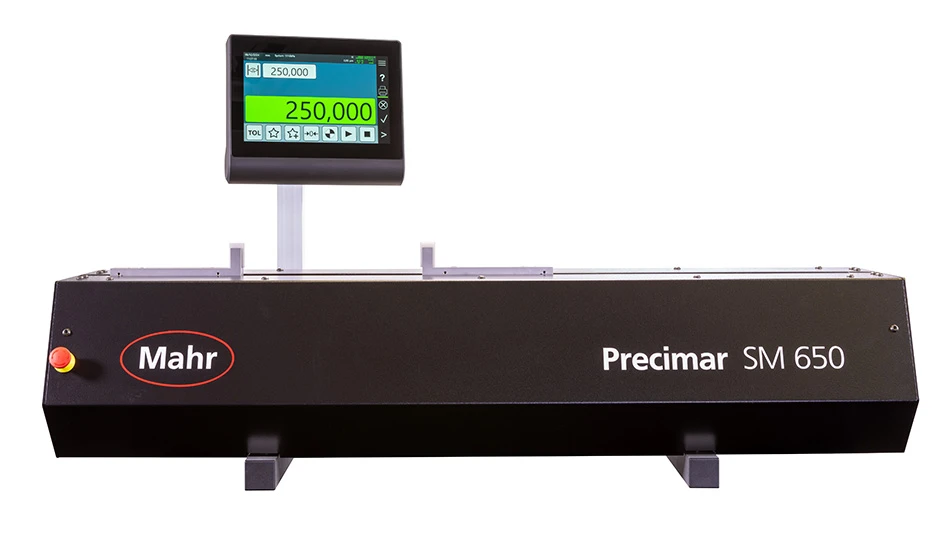Editor's Note: This article originally appeared in the May 2025 print edition of Today's Medical Developments under the headline “A robotic arm for wheelchairs.”

Inspired by origami, Worcester Polytechnic Institute (WPI) robotics engineering researchers are developing a lightweight, flexible robotic arm that will enable a wheelchair user to safely grasp, lift, and carry objects that would otherwise be out of reach.
Through the four-year project, researchers Cagdas Onal, Berk Calli, and Loris Fichera are developing a framework for the design, modeling, and control of soft continuum robotic arms, which are more flexible than traditional robot arms. The research is funded by a $1,314,792 award from the National Science Foundation (NSF).
“The basic scientific discoveries we’re making in this research address real-world challenges for people who use wheelchairs and need devices that’ll help them grab out-of-reach objects,” says Onal, who is principal investigator on the project and an associate professor in the WPI Department of Robotics Engineering. “A new class of lightweight, safe robotic arms based on the breakthroughs we’re making would give those individuals more independence in their daily activities.”
Soft continuum robotic arms expand, shrink, and bend along their entire length, like a coiled spring, to move in different directions and travel around objects. That flexibility makes soft robotics a promising technology in complicated human environments. However, soft robotic arms also tend to be weaker, shaky, and less precise than traditional robot arms made from rigid materials.
To address the weaknesses of soft robotic arms, researchers are developing origami-inspired designs and novel fabrication methods for modules made of lightweight plastics, 3D-printed components, and off-the-shelf items such as sensors and cables. By folding flat sheets of clear plastic into springy tube-like structures, researchers are creating strong, stiff modules resistant to twisting while remaining lightweight. The researchers are also developing specialized algorithms that can run on microcontroller platforms to direct the motion and reactions of a robotic arm.
The project builds on Onal’s research into user-friendly soft robotic systems capable of performing tasks that rigid robots can’t tackle. Calli, an associate professor in robotics engineering, brings expertise in object manipulation technologies. Fichera is an assistant professor in robotics engineering whose research includes work on the development of surgical robots.
“Soft robots have big potential for assistive robotics,” Calli says. “You would need a very large, rigid robot to reach the high shelves of a cabinet, for example, and installing such robots next to a user doesn’t make sense. Soft robots could expand to reach objects and shrink to a compact size when not in use, and they would be safer for users than rigid robots. Our project will enable soft robotics for assistive uses by developing novel sensing, control, and AI technologies.”
Onal says one research goal is to develop a flexible and extendable robotic arm with off-the-shelf grippers that can pick up and carry a cup of water without spilling a drop.

Explore the May 2025 Issue
Check out more from this issue and find your next story to read.
Latest from Today's Medical Developments
- Arcline to sell Medical Manufacturing Technologies to Perimeter Solutions
- Decline in German machine tool orders bottoming out
- Analysis, trends, and forecasts for the future of additive manufacturing
- BlueForge Alliance Webinar Series Part III: Integrate Nationally, Catalyze Locally
- Robot orders accelerate in Q3
- Pro Shrink TubeChiller makes shrink-fit tool holding safer, easier
- Revolutionizing biocompatibility: The role of amnion in next-generation medical devices
- #56 Lunch + Learn Podcast with Techman Robot + AMET Inc.





